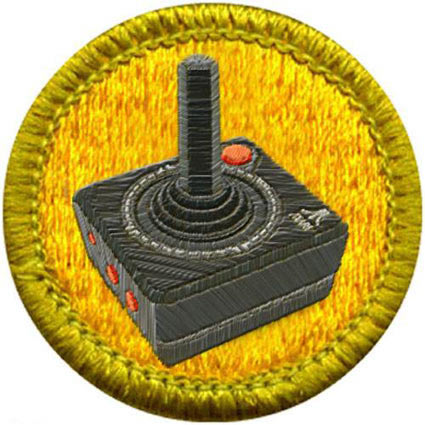This is a guest post by Philip Riris, an archaeologist with the Institute of Archaeology at University College London. His research interests run the gamut from digital data in archaeology to cave art to the archaeology of South America. Philip’s first post in this series is here, his second is here, and his third is here.
The fourth, and likely final, episode of this Let’s Play series focuses on the Izila and their role in the game narrative as antagonists to the Wenja. *SPOILER ALERT* The Izila or some version of them are the real winners of Far Cry Primal. Before circa 7000 BC in Europe there were no people with lifestyles based around farming or herding; everyone subsisted more or less entirely on what they could hunt, gather, and oftentimes, fish (especially in northern Europe).
Clearly, as the march of history has shown, a farming lifestyle and its attendant material culture and behavioural patterns won out in many parts of the globe – in a nutshell think wheat and barley cultivation in western Eurasia, rice in eastern Eurasia, and maize and manioc in the Americas, supplemented with various kinds of domesticated animals – eventually leading to the kind of complex, state-like societies that eventually turned into our modern globalized civilization. That’s a series of gross simplifications of a long and drawn out process involving interactions, innovations, setbacks, round-about solutions, developments, and changes to both humans and their environments on a planetary scale over time periods of several millennia. But – crucially – in Central Europe where Far Cry Primal takes place, it is probably fair to assume that there are no direct successor cultures to the Mesolithic foragers extant around the year 10,000 BC. Most Europeans, except for some notable exceptions such as the Sami, ultimately became farmers.
In the context of the Wenja as the “winners” of Primal’s narrative, how can one explain the vanquishing of the Izila and their leader Batari by Takkar of the Wenja? And what does this offer in terms of counter-narratives for how agriculture became so pervasive in our early prehistory? Watch to find out!

Got a great idea for a post you think our readers would love? Want to be a guest writer for Play the Past?

Thanks to Play the Past for hosting this series, I’ve really enjoyed it.
I came here for this series but have also found some of your other posts very interesting so I’m keeping it in my RSS reader. Having said that, while I do like some of the longer and more interesting reads here, I would also like to encourage more “let’s play” content with subject experts where the appropriate games and experts can be put together. I’d love to hear and see what a medieval historian thinks while playing something like Crusader Kings or even the first Assassin’s Creed.